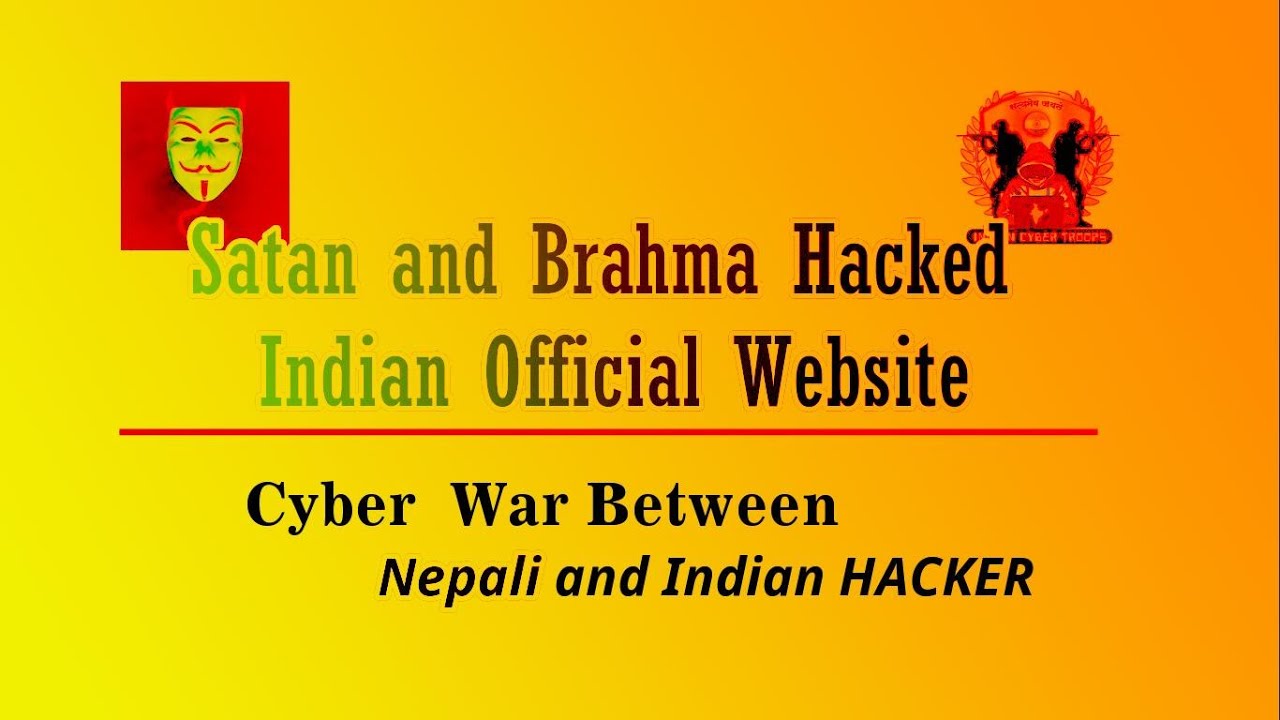
Technology
Hacks Game: Hackers on both sides of the border have a 'technology war'

Drives on Lipulekh, Kalapani and Limpiyadhur made headlines on both sides of the border, days after the war of statements by the governments of Nepal and India. An interesting trend has emerged since Thursday – all out of a 'Hacks' game.
Hackers from across both sides of the border have two sites in each side, with their unique message for the other country. They are the owners of government sites.
Indian hackers infiltrated the government of Nepal's Web pages on Thursday and posted messages calling for Nepal to stop. A hacker has infiltrated and defaced a government website run by the National Library in Nepalese.
The 21 May web site was shown to those who tried to access the nnl.gov.np website with a green message from the hacker who calls himself Shamharoo. It warned that the hack was just the "start of the game." Around the same way, a Website of the Banke Botanical Research Centre, which left the message "Don't mess with Indians," had been hacked by "Indian CyberTroops."
In response, Nepalese hackers owned a few Indian sites which left their print to their 'counterparts.' 'Brahma' and 'Satan' hackers from Nepal responded publicly by displaying various Indian website details, specifically on Indian media such as ABP news.
This incident follows a big social media controversy over the border conflict between India and Nepal. On Wednesday, Republic TV invited public figures from Nepal to their show, which was hosted by Arnab Goswami, to debate the disputes that are going on. However, instead of sticking with the topic, the host and the speakers engaged in a blame game. Social networking websites soon exploded in criticism, crime and defense with people's opinions on both sides.
The hacking episode is a 'war' that is being waged at another level as each player plays their own positions — government with diplomatic refrains, media with their findings and accounts, citizens with views and hackers with hacking by default.
